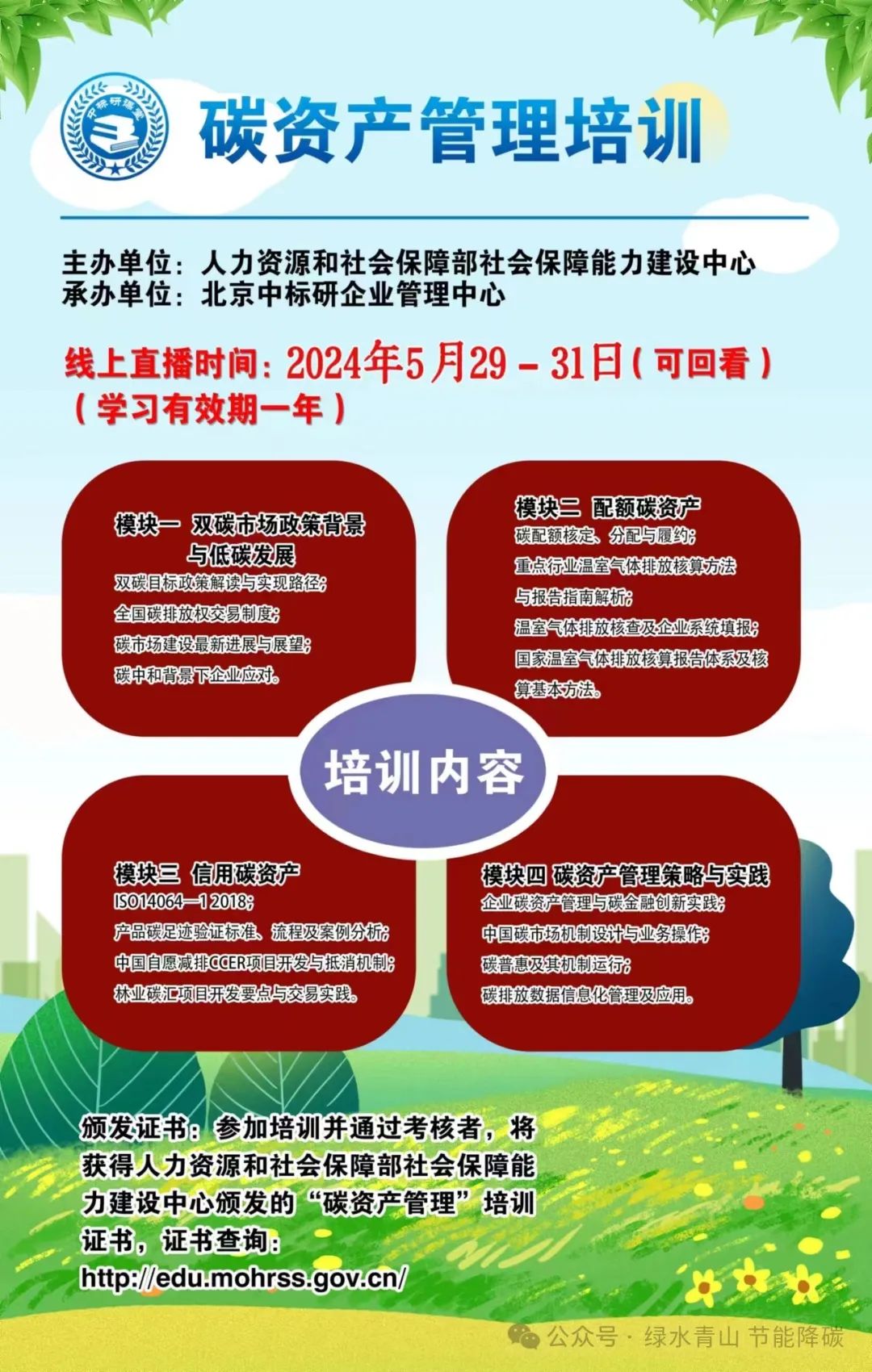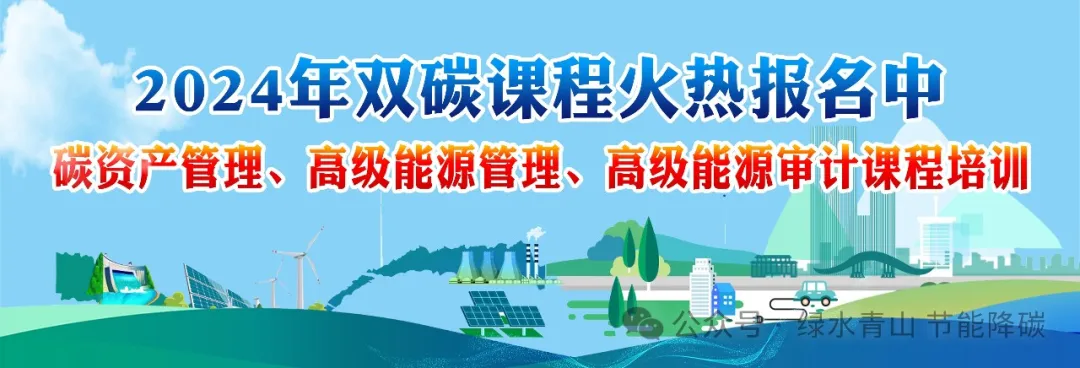

The global climate change issue is becoming increasingly serious, and carbon reduction mechanisms have become important tools. The certification and issuance of carbon credits through voluntary emission reduction mechanisms promote the adoption of low-carbon technologies. This article introduces several international voluntary emission reduction mechanisms and their characteristics, including ACR, ART, CCER, CDM, CAR, GCC, GS, and VCS. These mechanisms provide economic incentives for carbon reduction projects and assist in achieving climate goals.
As global attention to climate change increases, carbon reduction mechanisms have become essential tools for the international community to control greenhouse gas emissions. The voluntary emission reduction mechanism serves as the core of the voluntary carbon market, providing a complete set of rules, procedures, and methods for certifying and issuing carbon credits. Project owners or developers choose and implement projects independently, obtaining corresponding carbon credits through verification by third-party auditing agencies, which can then be traded or offset in the voluntary carbon market. The voluntary emission reduction mechanism can provide economic incentives for various emission reduction projects, promote the adoption and application of low-carbon technologies, and also offer more options for carbon credit buyers, helping them achieve their climate goals or social responsibilities.
Below, I will introduce some common international voluntary emission reduction mechanisms (ACR, ART, CCER, CDM, CAR, GCC, GS, VCS).
American Carbon Registry (ACR)

Website: https://americancarbonregistry.org
ACR, established in 1996 by the Environmental Resources Trust, is a greenhouse gas registry and became a nonprofit organization in 2007 as a wholly-owned subsidiary of Winrock International. In 2012, ACR was approved by the California Air Resources Board as the Offset Project Registry (OPR) for California’s cap-and-trade market.
ACR has 14 methodologies covering five areas: greenhouse gas reduction projects (fuel combustion), greenhouse gas reduction projects (industrial production), land use, land-use change, and forestry, carbon sequestration and storage, and waste management and disposal.
ACR issues carbon offset credits in two types: ERTs and ROCs. ERTs and ROCs can be transferred through agreements made in over-the-counter transactions and recorded in the ACR registration system, or their accounts can be linked to CBL accounts for on-exchange trading. Authorized ERTs and ROCs are also listed on CTX. CBL investors can purchase project-specific carbon offset credits or standardized Global Carbon Offset contracts (GEO) from CBL, with futures contracts based on GEO spot contracts listed on CME.
REDD+ Transaction Framework (ART)
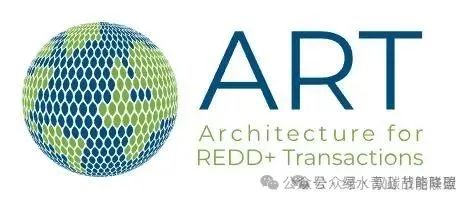
Website: https://www.artredd.org
ART is a voluntary emission reduction credit mechanism managed by Winrock International. The purpose of ART’s development is to provide long-term financial support for REDD+ emission reduction and removal activities at the national and jurisdictional levels. ART has established the REDD+ Environmental Excellence Standards (TREES) and only issues carbon credits for REDD+ emission reduction activities at the national and sub-national government levels, not for project-level activities.
ART issues carbon offset credits known as TREES Credits (TREES), which can be transferred through agreements made in over-the-counter transactions and recorded in the ART registration system. TREES can be traded on the Emergent Forest Finance Accelerator platform, which is a nonprofit organization and the only product traded on this platform. Emergent is a stable buyer of ART credits, providing certainty of purchase by buying carbon offset credits at a floor price and sharing the surplus price revenue. Emergent provides an effective mechanism for TREES buyers to purchase ART credits without negotiating and signing directly with national governments.
China’s Voluntary Greenhouse Gas Emission Reduction Project (CCER)
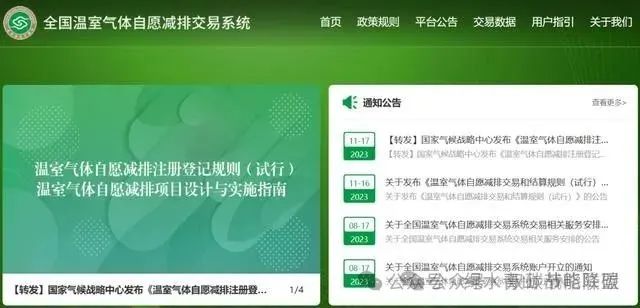
Website: https://www.ccer.com.cn/
CCER, or National Certified Voluntary Emission Reduction, refers to the quantification and verification of greenhouse gas reduction effects from renewable energy, forestry carbon sinks, methane utilization, and other projects within China, which are registered in the national greenhouse gas voluntary emission reduction trading registration system. It is also a trading product in the national voluntary greenhouse gas emission reduction trading market (hereinafter referred to as the CCER trading market). The voluntary emission reduction trading market complements the carbon emission rights trading market, together forming a complete carbon trading system in China.
Clean Development Mechanism (CDM)

Website: https://cdm.unfccc.int
The Clean Development Mechanism (CDM) is one of the three flexible mechanisms stipulated in the Kyoto Protocol of the United Nations Framework Convention on Climate Change (hereinafter referred to as the Convention). It is a project-based flexible mechanism for cooperation between developed and developing countries to reduce greenhouse gas emissions. CDM has two objectives: first, to assist developing country parties in achieving sustainable development and the ultimate goals of the Convention; second, to help developed country parties fulfill their quantified greenhouse gas reduction commitments.
Major Product Categories of the Clean Development Mechanism (CDM)
CDM projects are primarily divided into eight categories based on emission reduction types: new energy and renewable energy, energy conservation and efficiency improvement, methane recovery and utilization, fuel substitution, HFC-23 decomposition, N2O decomposition elimination, afforestation and reforestation, and waste-to-energy generation.
Climate Action Reserve (CAR)

Website: http://www.climateactionreserve.org
CAR, or Climate Action Reserve, is an environmental nonprofit organization established in 2008, headquartered in Los Angeles, California. The California Climate Action Registry, which was established by the California legislature in 2001 to encourage early action on greenhouse gas mitigation, is the predecessor of CAR. In addition to its voluntary emission reduction registration functions, CAR has been designated by CARB (California Air Resources Board) as one of the registries for California’s mandatory offset projects and early action registration (other registries include ACR and VERRA). Furthermore, CAR has been approved by the Washington State Department of Ecology to serve as the official carbon offset registry for Washington State. According to CAR’s registry data, as of June 2023, CAR has issued over 190 million tons of emission reductions, with a total of 613 projects approved, covering natural climate solutions, waste treatment and methane destruction, and industrial processes and gases. In addition to the United States, CAR’s mechanisms also cover Canada and Mexico, with plans to extend to China, the Dominican Republic, Panama, and Guatemala in the future.
Global Carbon Council (GCC)
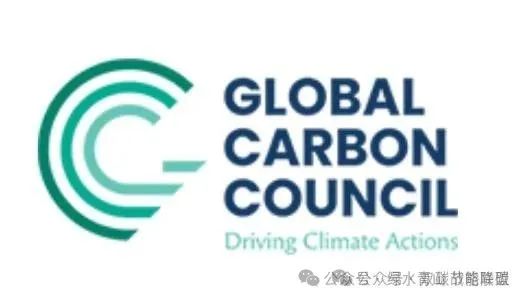
Website: https://www.globalcarboncouncil.com
The Global Carbon Council (GCC) was established by the Gulf Organisation for Research & Development (GORD) in 2016, with funding support from the Supreme Committee for Delivery and Legacy, making it the first voluntary carbon offset project in the Middle East and North Africa region.
GCC’s registered methodologies include all methodologies registered under CDM and three self-registered developed methodologies: renewable energy generation projects supplying power to the grid or self-supplied users, energy savings for pumping systems, and energy generation from animal manure and waste management projects.
Gold Standard (GS)
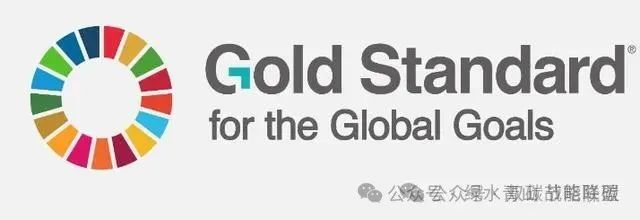
Website: https://globalgoals.goldstandard.org
The Gold Standard for the Global Goals (GS4GG) was initiated in 2003 by the World Wildlife Fund (WWF) and other international NGOs to improve the quality of emission reduction projects and enhance their sustainability, ensuring that projects aimed at reducing carbon emissions have the highest level of environmental integrity and contribute to sustainable development. The GS4GG registry serves as the registration body for the Gold Standard.
The Gold Standard is an independent, international, and practical methodology designed for the project development process to help projects generate high-quality carbon credits. Environmental integrity and actual contributions to sustainable development are its core values. The Gold Standard GS can be used to issue carbon credits for voluntary offsets and also for supplementary certification of verified emission reductions under the Clean Development Mechanism, focusing on co-benefits (such as creating jobs and improving local community health while addressing emission reductions).
Verified Carbon Standard (VCS)
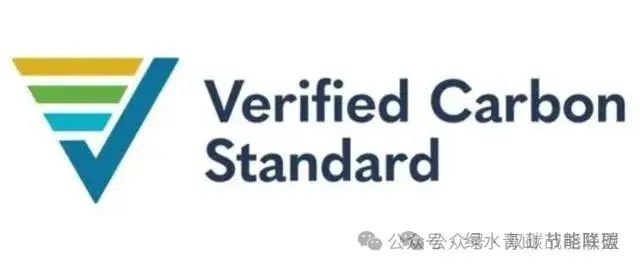
Website: https://verra.org/project/vcs-program/
VCS (Verified Carbon Standard) was established by the nonprofit organization Verra. VERRA was jointly developed by the Climate Group (CG), the International Emissions Trading Association (IETA), and the World Economic Forum (WEF) in 2005, aiming to provide a global quality assurance standard for voluntary carbon reduction trading projects. VCS requires that voluntary carbon reductions must be real, additional (beyond routine operational activities), measurable, permanent (not temporary), independently verified, and unique.
The VCS program is currently the most widely used voluntary greenhouse gas reduction program globally. Projects developed under the VCS program can convert their greenhouse gas reductions and removals into tradable carbon credits (Verified Carbon Units, “VCUs”). Projects developed under the VCS program must follow a rigorous assessment process to obtain certification.
Source: Suzhou Green Plus Environmental Technology Services
